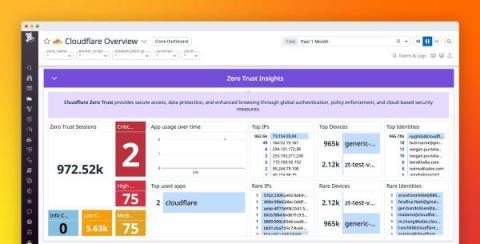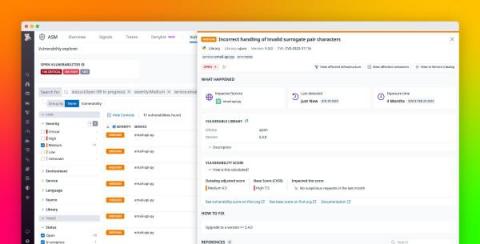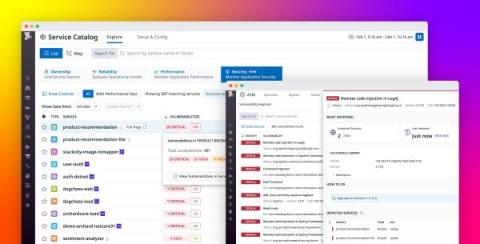Monitor 1Password with Datadog Cloud SIEM
1Password is a password manager that helps organizations reduce the use of weak and reused credentials across their teams. Because your organization uses 1Password to store highly sensitive information, including passwords, access keys, and secret tokens, monitoring logs generated by activity in your 1Password environment can be useful, as unexpected patterns of behavior could indicate malicious activity by attackers.











